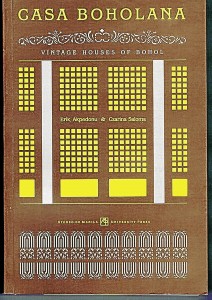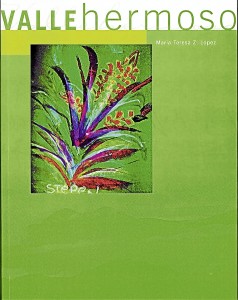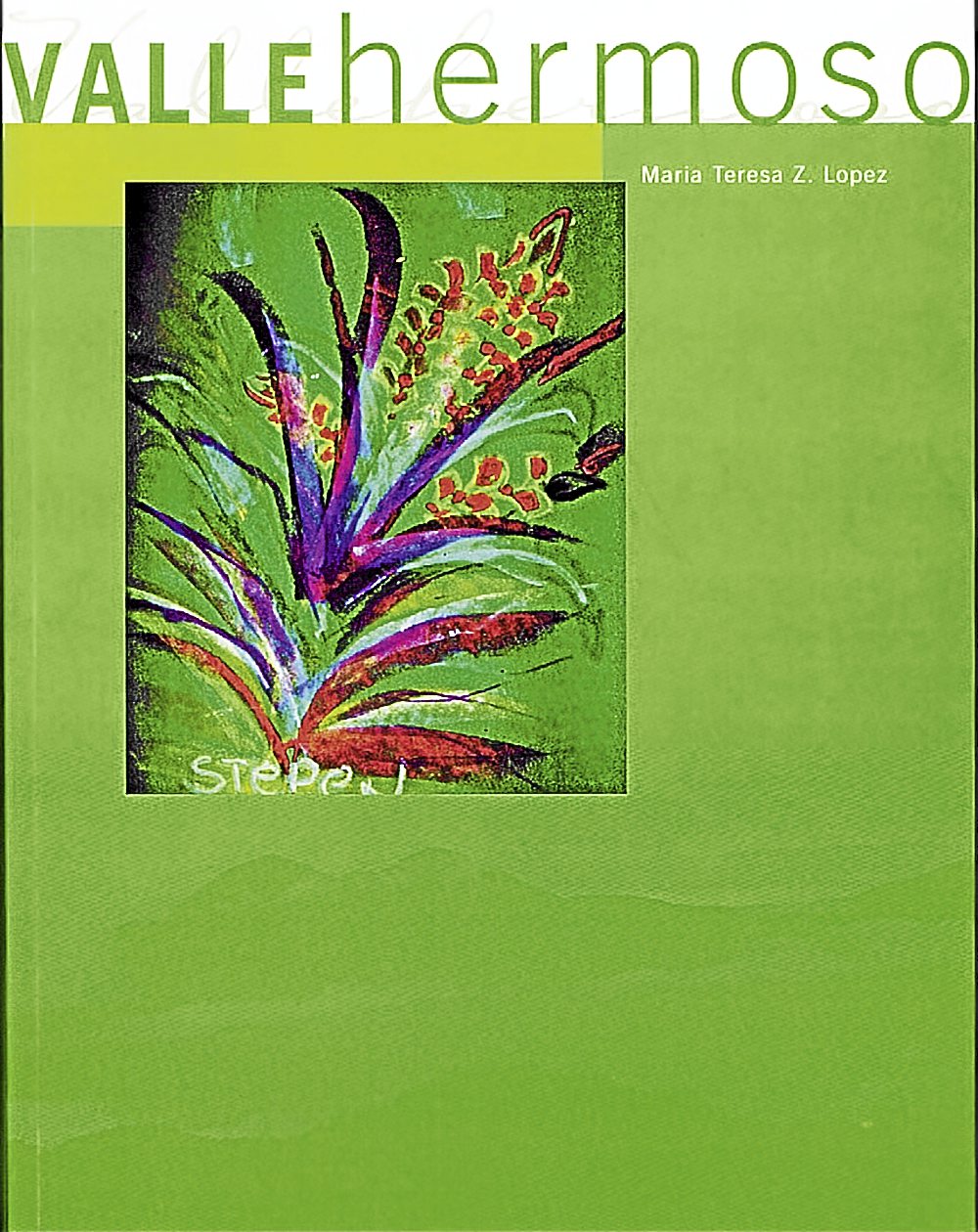 Three books published this year on Philippine built heritage stand out: “Lungsod Iskwater,” by Paulo Alcazaren, Luis Ferrer and Benvenuto Icamina; “Vallehermoso,” by Maria Teresa Z. Lopez; and “Casa Boholana,” by Erik Akpedonu and Czarina Saloma.
Three books published this year on Philippine built heritage stand out: “Lungsod Iskwater,” by Paulo Alcazaren, Luis Ferrer and Benvenuto Icamina; “Vallehermoso,” by Maria Teresa Z. Lopez; and “Casa Boholana,” by Erik Akpedonu and Czarina Saloma.
“Lungsod Iskwater” (published by Anvil and the Luis Yulo Foundation for Sustainable Development; designed by Felix Mago Miguel; and photographed by Neal Oshima) is a thorough investigation into the phenomenon of the “evolution of informality as a dominant pattern in Philippine cities.”
The informative book is an analytical exercise on the informal-settlement pattern that has evolved into the probably most-sustainable urban form in history, seen not only in the vast and extremely dense informal-settler communities in the Philippines but also in the favelas of Brazil, kampung of Indonesia, katchi abadis of Pakistan and other areas around the globe.
Imagine the existing urban reality of Manila: a third of the population living in informal settlements or “squatter colonies” and “slums,” another third living in housing considered substandard even for developing country conditions; and the last third walled off from the rest of the city in gated “villages.”
Are we all imprisoned within each of our urban ghettoes, isolated from the rest of the city residents?
A megalopolis of over 12-million residents, Manila is “increasingly defined by a reality of social segregation, economic inequity, and political inutility,” observe the authors. Added to that, Manileños have to deal with crumbling city infrastructure.
Fragmented and disorderly, Manila lacks a distinctively identifiable city center. Neither does the city give off a sense of place. It is not surprising that, since there is little pride in being Manileño these days, there is no urgency to cooperate with the rest of the urban community to improve the city lifestyle or its shared facilities.
The book sets out to map out the history of settlements from pre-Hispanic through the American colonial and postwar eras, and into the martial-law days.
Attempting to understand how the urban morphology of Manila got to what it is today, the book looks into the layers of problems of informal settlements, the patterns of development, economic structure, and asks what the future could hold for these settlements and for the city of Manila itself.
“Understanding how we got here may not lead to utopia but might nevertheless point us in the right direction,” the authors write.
‘Casa Boholana’
“Casa Boholana” (published by Ateneo de Manila University Press) is an admirable and extremely exhaustive catalogue of the Boholano house.
A handsomely illustrated book, its value is in assiduously recording typical Boholano architecture and distinctive architectural details for posterity, for, indeed, some of the houses in this book may already have vanished.
The authors write: “The importance of preserving the few surviving relics of the past: to serve as a source of reflection, joy, and pride for future generations… for Filipino designers, architects, and developers…
“In looking for a home to buy or build, interested Filipino customers can choose from a wide palette of so-called styles. The only thing they cannot get is a Filipino house.”
The book illustrates infinite variations on the balay-na-tisa, balay-na-tabla and balay-na-nipa, the variety of approaches of the unknown Boholano craftsman and his creativity in personalizing roofs, windows, doors, carving in individual homes to distinguish one from others.
Not only is this book a valuable documentation of endangered, privately owned heritage houses, it also records changes owners have made to their houses over the years, believing that houses are living organisms that change in time while retaining their basic architectural roots.
“Casa Boholana” is a landmark addition to the scarce bibliography available on Philippine architecture. Its value goes beyond the academic and into, as the authors have said, the sphere of Filipinos wishing to build a Filipino house who do not have the information to achieve their dream.
‘Vallehermoso’
 “Vallehermoso” (published by the Vallehermoso Helping Hands Foundation) is the author’s declaration of her attachment to the beautiful valley that is Vallehermoso in Negros Oriental.
“Vallehermoso” (published by the Vallehermoso Helping Hands Foundation) is the author’s declaration of her attachment to the beautiful valley that is Vallehermoso in Negros Oriental.
“The currents of time have yet to wash away the memories of those precious summers with my family in ‘Il Paradiso,’ our farm house in Vallehermoso. Childhood days spent romping on the seashore and biking through hectares of sugarcane fields are wellsprings of nostalgic memories that continue to enrich my life today,” writes the author.
The book shows how the soul of Vallehermoso has remained intact despite the town’s citizens having embraced globalism.
“The dawn still welcomes one with a show of dramatic skies over the shores of Tañon Strait, complemented by the people’s smiles and greetings of ‘Maayong buntag.’”
Documenting the history of Vallehermoso, its gradual conversion into sugar plantations in the late 19th century, and its place in the history of Cebuano-speaking Negros Oriental is an educational journey.
More educational, and nostalgic to me who grew up on the Cebu side of Tañon Strait opposite Vallehermoso, is the intensive research by the author on shared Negros Oriental and Cebuano folkways which remain in my memory despite having moved away to Cebu City and eventually to Manila.
Lopez records our local traditions—the dances, performances, food, fiestas. More importantly, she points out the efforts of Vallehermoso Helping Hands Foundation to preserve those traditions.
What brought back Cebuano traditions for me is a DVD where I saw and heard once again familiar dances and music from my childhood performed by the Vallehermoso community; and once again experienced the daygon, an unscripted musical bantering in Bisaya between a man and woman.
For bringing me back to my roots I thank Maria Teresa Lopez. “Vallehermoso” deserves more thanks for sharing our Cebuano roots with the rest of our Filipino brothers.
All books are available at major bookshops. For information on “Lungsod Iskwater,” e-mail market
[email protected]; for “Casa Boholana” contact unipress@
admu.edu.ph; detailed inquiries on “Vallehermoso” from vallehelping
Feedback welcome at [email protected].









































